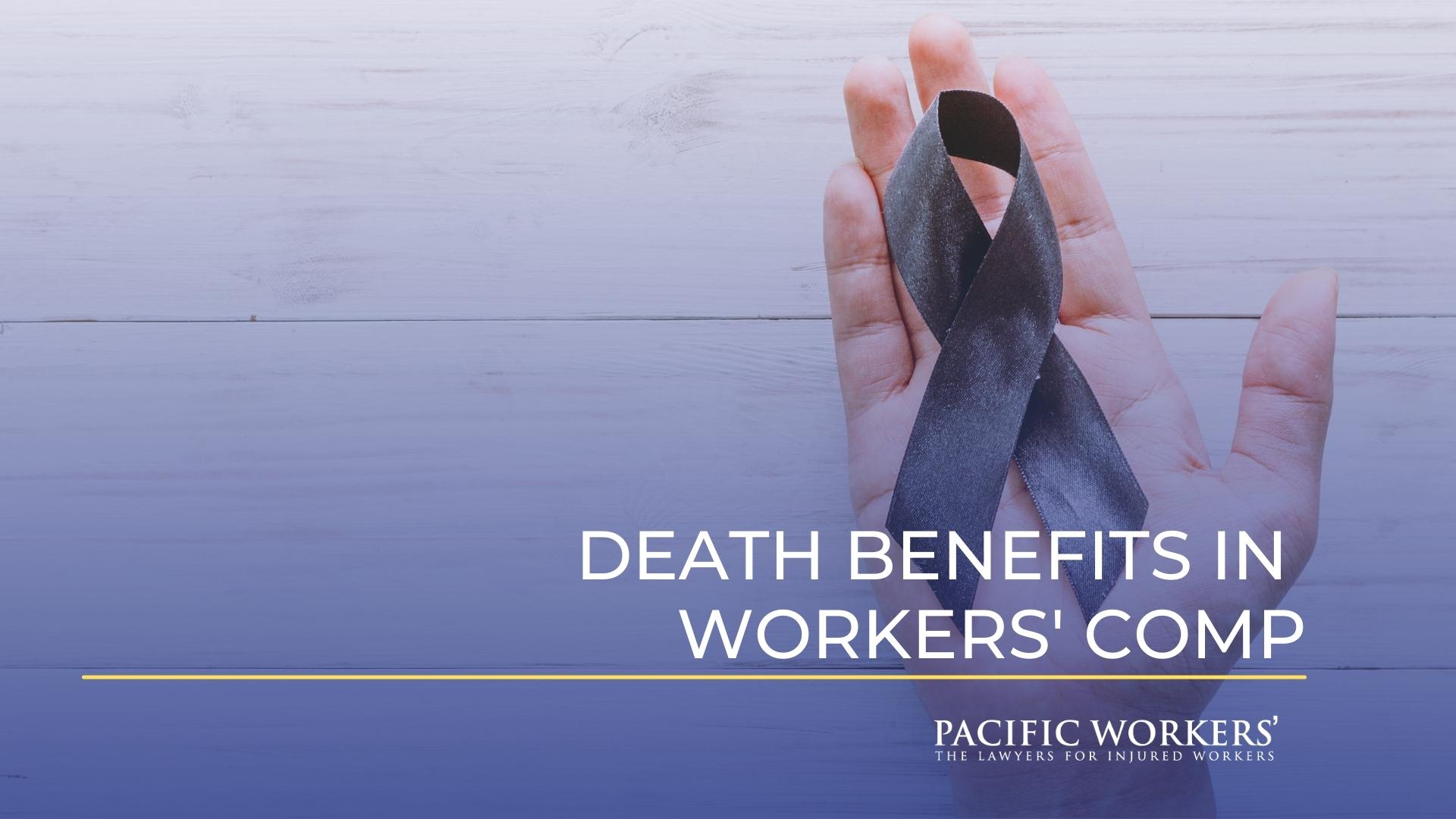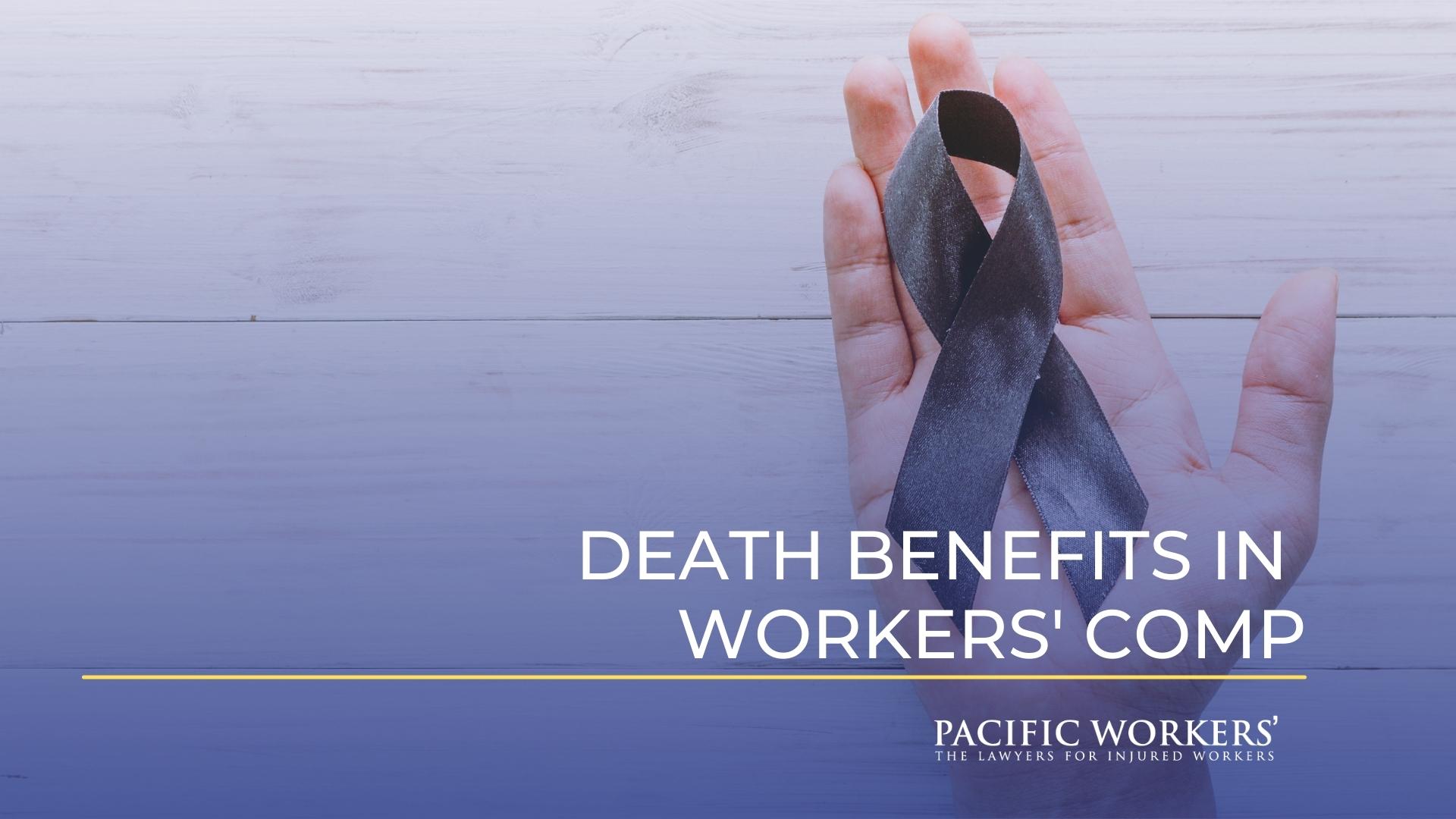
Let’s face it, accidents happen and sometimes those accidents can lead to your untimely demise. The last thing your loved ones ever want to hear about is you being killed due to a workplace accident. While no amount of compensation will make up for this agonizing loss, you can rest assured that your family will receive benefits that can ease their burden as they cope with this tragic event. What exactly are the benefits that they’ll be receiving?
If you want to know more about this, read on as we break down everything you need to know about death benefits.
What Are Death Benefits?
Death benefits are a type of workers’ compensation that will be paid to the dependents of the deceased. Death benefits will be enough to cover the burial expenses and will also include a cash benefit. The cash benefit is not subject to income tax and named beneficiaries ordinarily do not receive the death benefit as a lump-sum payment.
How Much Do Dependents Receive?
In California, death benefits include $10,000 for burial expenses and up to $320,000 in death benefits. This amount will be divided between the deceased worker’s total and partial dependents.
A total dependent is a person or people that relied on the deceased workers for all their financial support. This includes children (below the age of 18), adult children who cannot earn a living because of a debilitating physical or mental disability, and the surviving spouse who earned $30,000 or less in the past 12 months prior to the worker’s death. Now, it’s important to note that other family or non-family members can be considered as total dependents if they can prove that they depended on the worker’s income for necessities like food, clothing, and other living expenses. If a worker only has one total dependent, then that person will receive $250,000. For workers with two total dependents, they will split $290,000. Workers with three dependents will split the full sum of $320,000.
Partial dependents will only receive death benefits if there is no more than one total dependent. A partial dependent is defined as someone who relied on a deceased worker’s income and also has no other source of financial support. Partial dependents can receive up to $250,000.
Lastly, if a worker doesn’t have anyone who falls under the category of total or partial dependents then no death benefits will be paid.
How Are Death Benefits Paid?
As we’ve stated above, death benefits aren’t paid in a lump sum. Instead, these benefits are received as weekly payments similar to temporary disability benefits. Once the full amount has been paid, children under the age of 18 will still receive support that is equivalent to the current temporary disability rate. They will receive support until they become legal adults. Adult children who cannot work due to debilitating physical or mental disabilities will receive benefits for life.
How to File for Death Benefits?
Dependents must file for death benefits within a year of the worker’s death. To be more specific, they need to file no more than 240 weeks from the date of the incident itself. From there, they will be subject to an investigation to determine whether they are qualified to receive the death benefits.
Conclusion
We hope this article has helped you better understand the entire process of death benefits. As you can see the process can be rather complicated so it’s best to be informed about it. While we do hope that you and your loved ones will never use this information, it pays to be prepared. For a more in depth conversation about this matter, we have an exclusive podcast episode exclusively on this topic. Listen to it here!
If you’re looking for worker’s compensation attorneys in Northern California, Pacific Workers, The Lawyers for Injured Workers have your back. Our team of experienced lawyers will do all they can to make sure that you maximize your financial compensation for any pain or suffering that you have endured. For a free consultation, call us at 800 606 6999!

